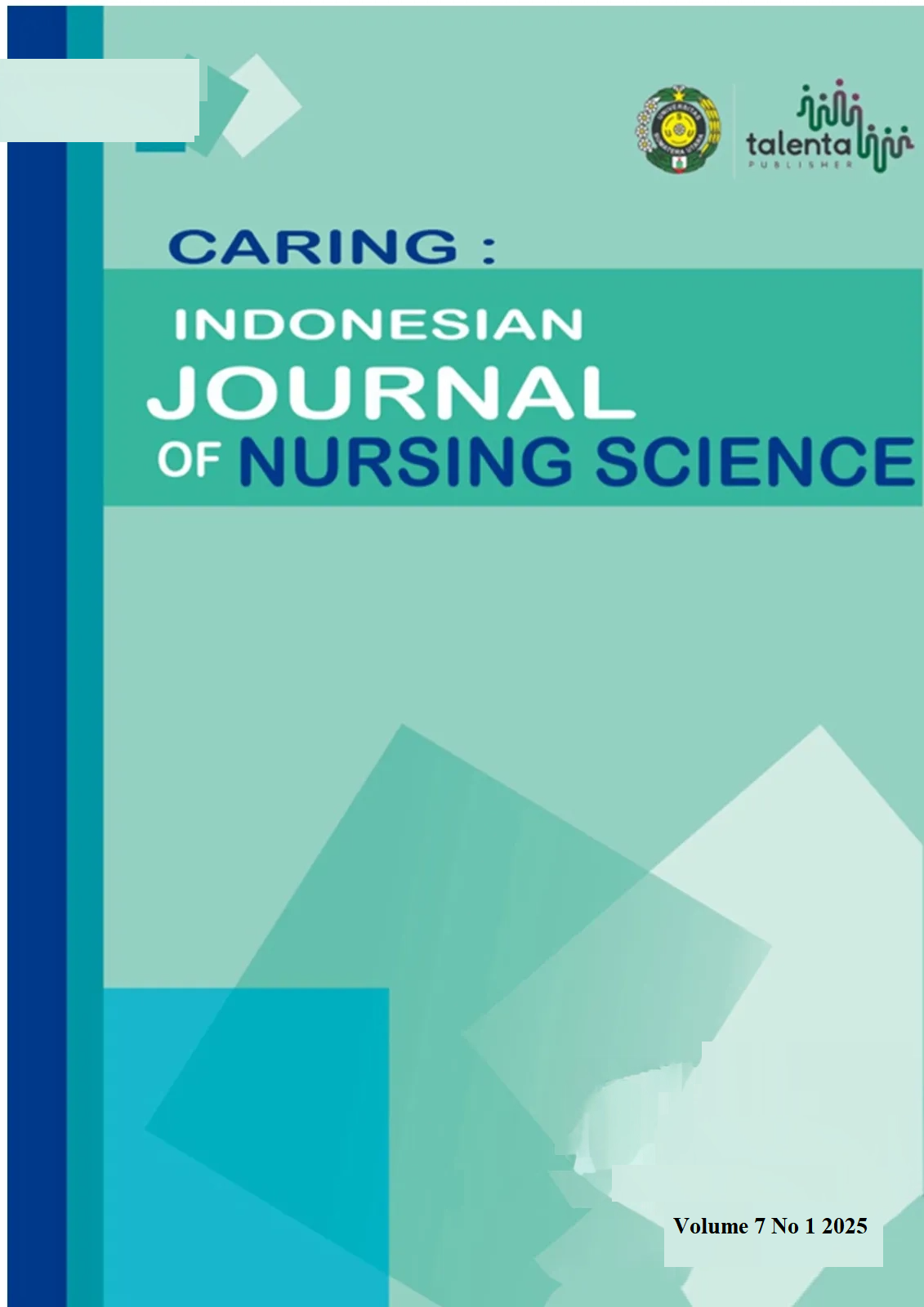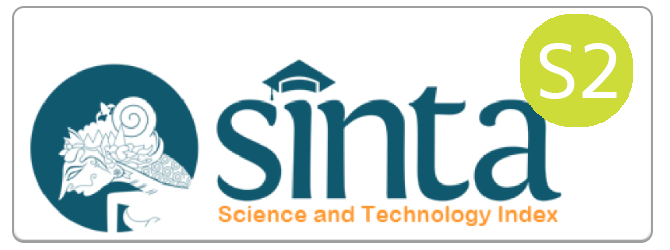Self Harm Behavior Among High School Students: A Descriptive Study
Abstract
Self-harm is a prevalent form of self-inflicted behavior not motivated by the desire to die. Previous reports have shown that the youngest age group is the most affected on a global scale. Therefore, this study aimed to investigate the most prevalent forms of self-harm and the associated psychosocial factors among high school students in Medan, Indonesia. The convenience sampling was implemented and data were obtained through questionnaire containing demographic information and Self-Harm Screening Inventory (SHSI), which comprised 10 yes or no questions. To investigate the association between demographic variables and particular behavior, descriptive statistics and bivariate cross-tabulations were implemented. The results showed that the most frequently reported behavior included head banging (23%), intense scratching (33.3%), and hitting oneself (37.9%). Several factors, such as female gender, history of abuse, suicide attempts, emotional dysregulation (frequent anger), eating disorders, and exposure to domestic violence, were found to have significant associations. Furthermore, self-harm behavior was prevalent among high school students and was related to various psychosocial risk factors. These results emphasize the need for school-based mental health interventions concentrating on the early identification of at-risk youth, emotional regulation, and trauma history.
Downloads
Downloads
Published
How to Cite
Issue
Section
License
Copyright (c) 2025 Caring: Indonesian Journal of Nursing Science

This work is licensed under a Creative Commons Attribution-ShareAlike 4.0 International License.








